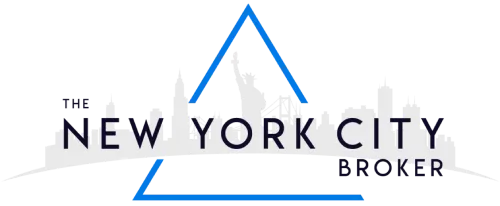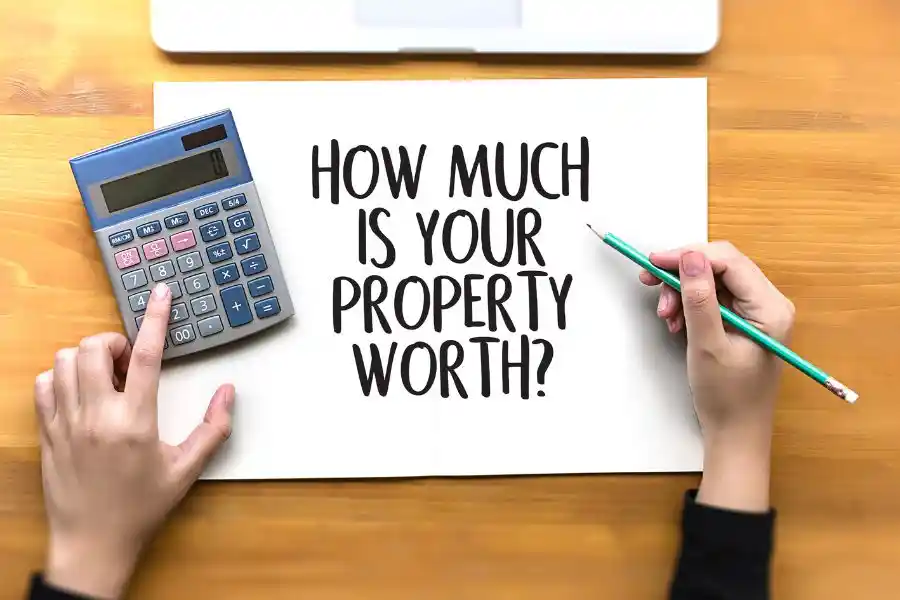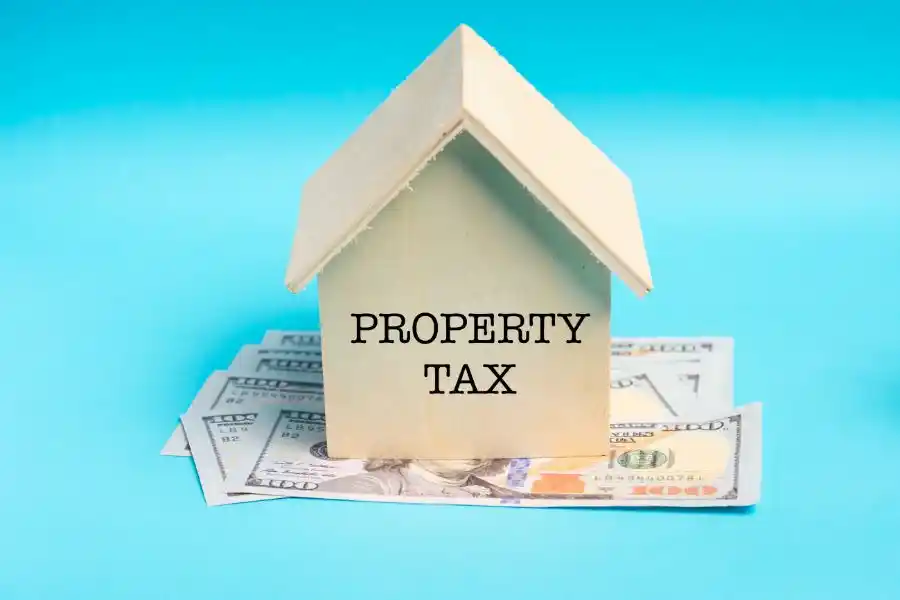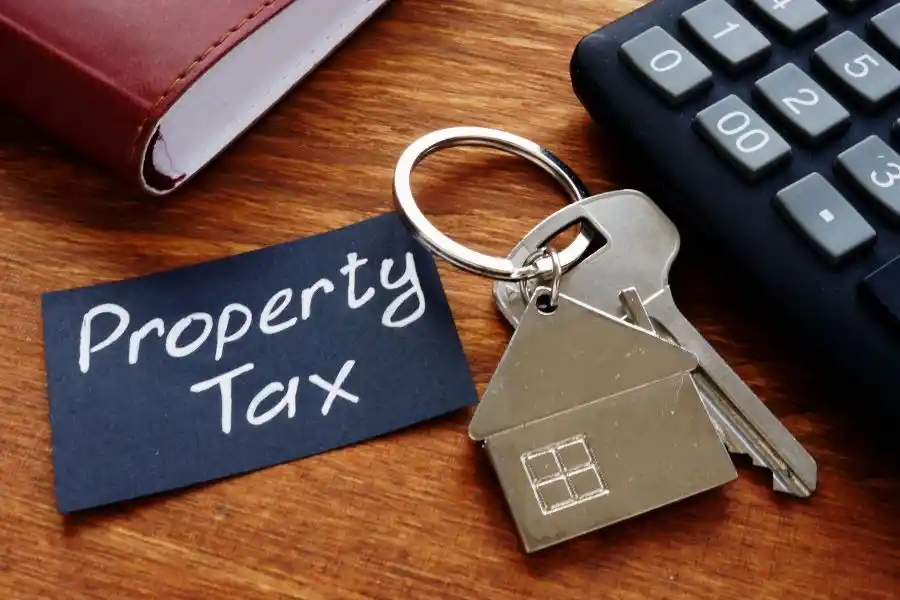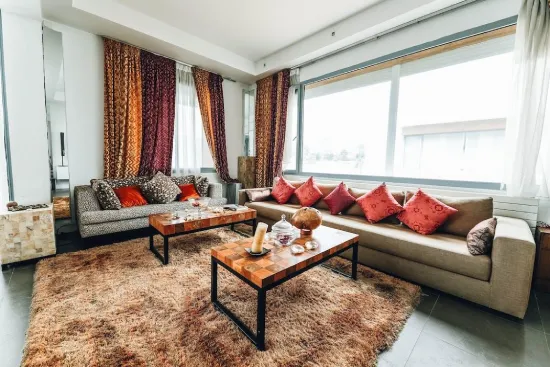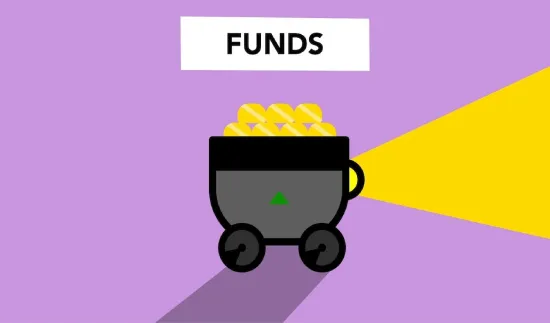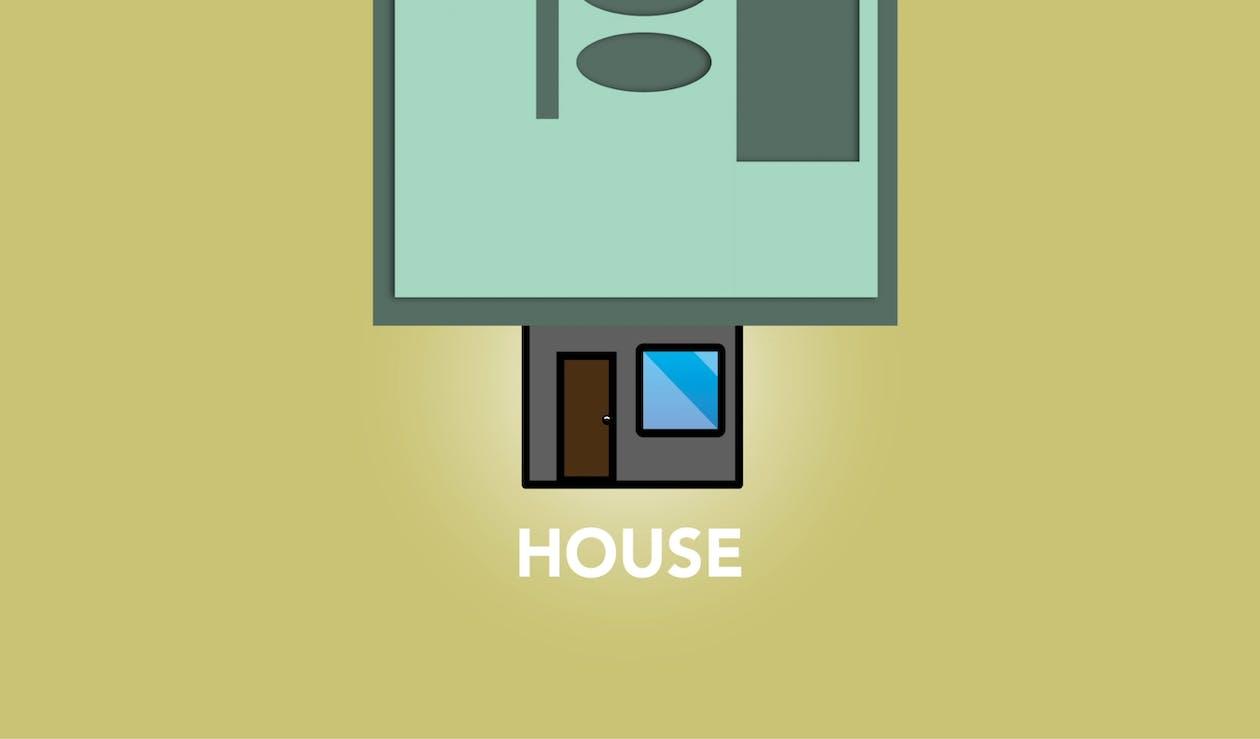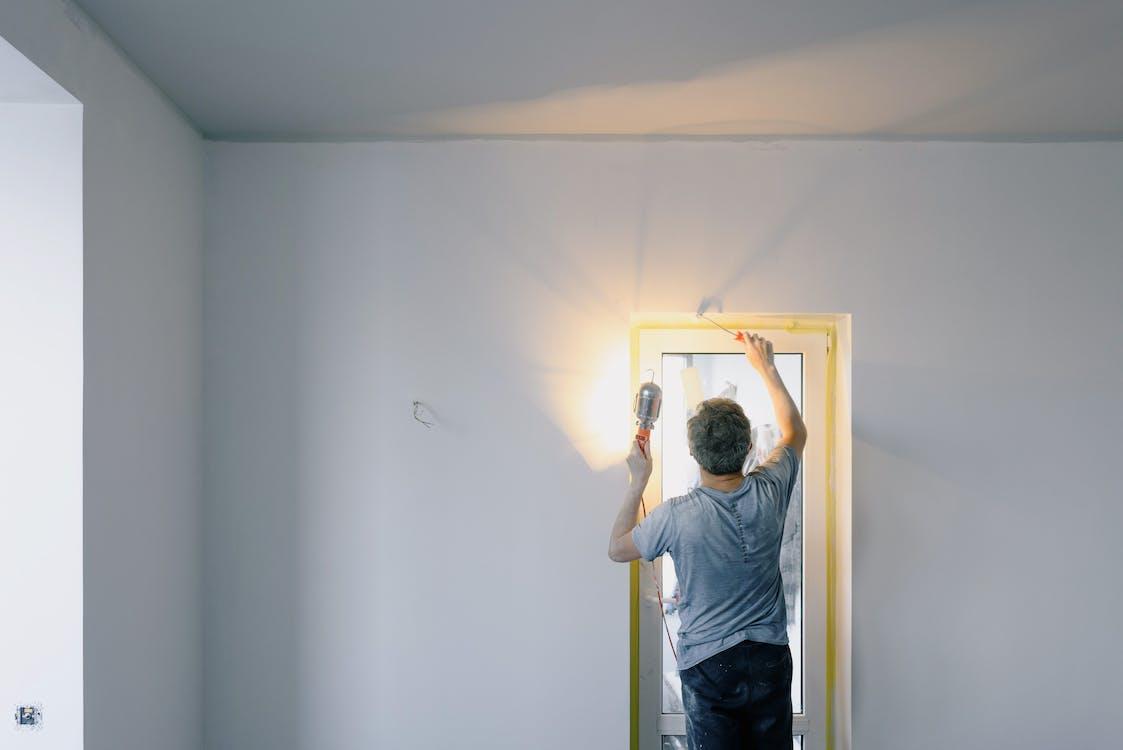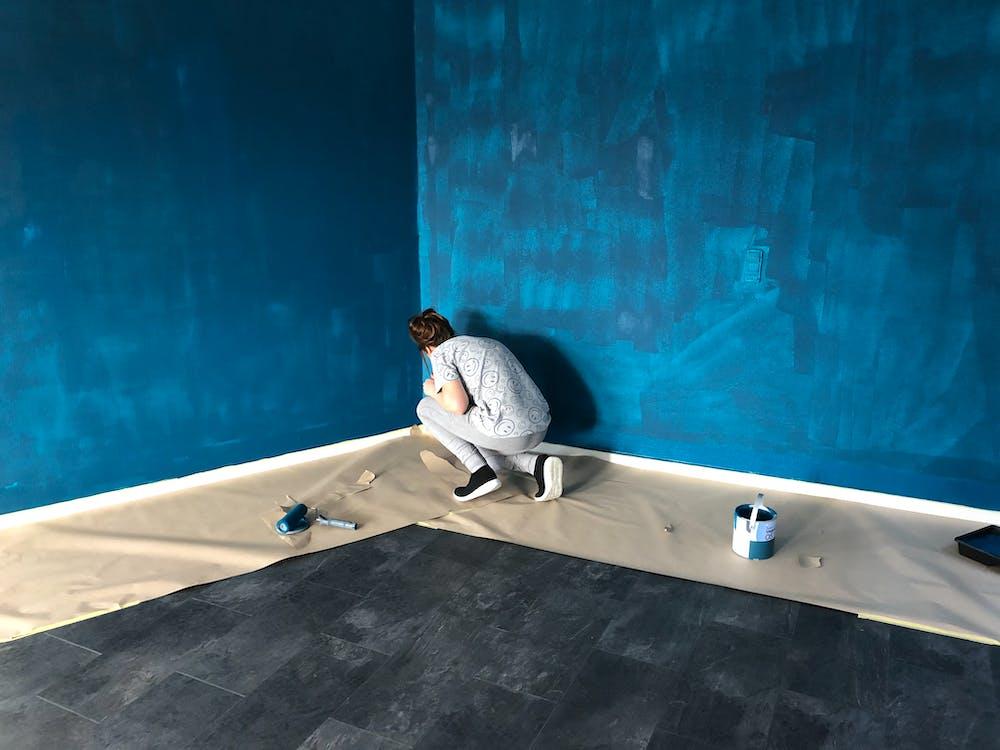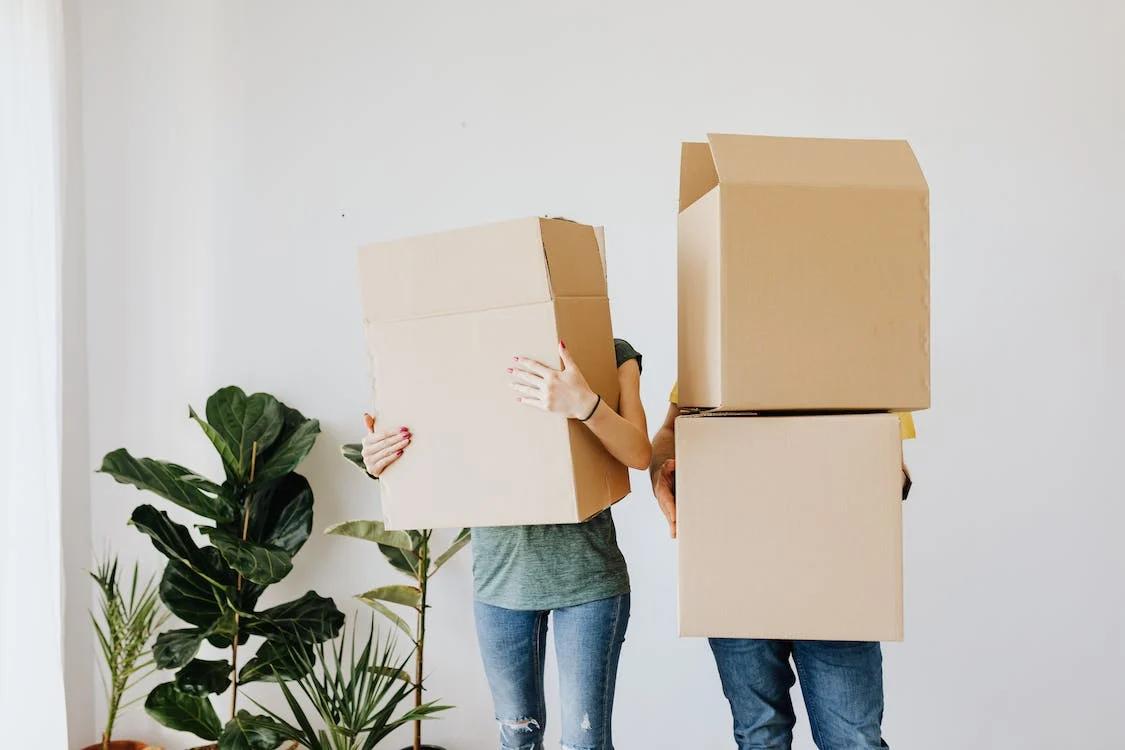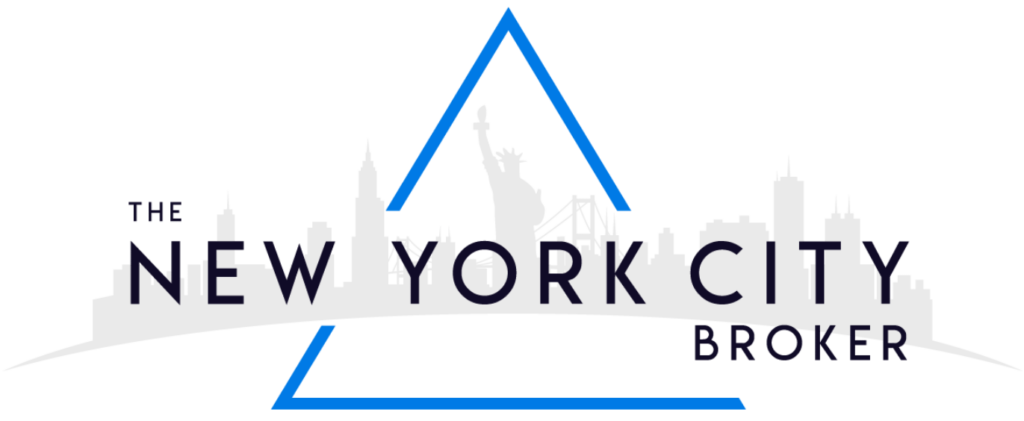What Is A LEED Building In NYC?
A building in NYC that’s built or modified to be more energy-efficient, environmentally friendly, and green can receive a Leadership in Energy and Environmental Design (LEED) certification. These buildings are called LEED buildings or LEED-certified buildings.
The LEED rating system was created by US Green Building Council (USGBC), a non-profit organization that promotes green building practices and trends. There are different types and four levels of certifications: Certified, Silver, Gold, and Platinum.
What are the benefits?
There are several benefits of LEED buildings for property owners, the city, and people living in these buildings (tenants or owners).
The primary benefit is the environmental impact. LEED buildings are created/modified using recyclable, sustainable materials. And builders are encouraged to minimize construction waste. Buildings constructed with LEED standards are responsible for 34% lower carbon dioxide emissions compared to a typical building.
LEED buildings are also water and energy-efficient, which results in lower both costs and waste. Energy-efficient LEED buildings tend to generate lower utility bills, and water efficiency helps reduce supply pressure and improve waste management.
For owners and investors, LEED buildings are usually more profitable. If you are constructing a building with LEED standards in mind, the additional cost might not be too much. And even if it does cost more than regular construction, the relatively higher profits might balance out the higher cost.
Similarly, if you are modifying an existing building for a LEED certification, it will improve its value. Even if you can’t raise the rent or demand a higher price, the lower utility costs can improve your profit margins.
Similarly, if you are modifying an existing building for a LEED certification, it will improve its value. Even if you can’t raise the rent or demand a higher price, the lower utility costs can improve your profit margins.
Why do people like living in LEED Buildings?
Three reasons: Environmental impact, health, and lower utility bills.
If you are environmentally-conscious and want your lifestyle to reflect it, living in a LEED building can help. A lot of people spend most of their time at home (especially if they are working remotely), and living in a LEED building can lessen your negative impact on the environment.
LEED buildings are constructed/modified with the health of their occupants in mind. These buildings usually have good indoor air quality, more natural light (which is good for mood and mental health), and are constructed with healthy materials. Many LEED buildings incorporate more plants into the design and try to reduce noise pollution.
Lower utility bills are a straightforward financial benefit of LEED buildings. Even a 30% reduction in utility cost can add up to a significant saving amount if you live in the LEED building for several years. For the average cost of $250 (between $200 and $300) for an NYC apartment, a 30% reduction will result in a $75 a month saving.
What is the purpose of LEED-Certification?
The purpose of a LEED certification is to let people know how eco-friendly and energy-efficient a property is, so stakeholders like buyers and renters can make an informed choice.
Different levels of LEED certification indicate the degree of its efficiency and environmental friendliness. Buildings that are just LEED-certified might be (lowest level of the LEED certification) less energy-efficient and green than LEED platinum buildings (the top-level). So if you are choosing to live or invest in a LEED building, make sure you take the level of certification into account.
Most public sector buildings are legally required to get a LEED certification, and the city is imposing energy efficiency requirements on private sector buildings as well. This might force them to acquire a LEED certification as well. Capital projects (for both constructing and modifying a building) for more than $2 million are mandated to receive a LEED gold certification.
How many LEED Buildings are there in NYC?
According to Green Building Information Gateway (GBIG), there are about 1,300 LEED certification activities and about 950 LEED-certified properties in NYC (with one of the four levels of certification). That doesn’t include single-family homes or projects that are under review for LEED certification.
LEED Building Examples
Some LEED buildings in NYC (both residential and commercial) are:
- 1510 Lexington Avenue: 18-story luxury building on the Upper East Side. It’s NYC’s first smoke-free residential building. (LEED Silver certification)
- Toren: 38 story condominium in Downtown Brooklyn. (LEED Gold certification)
- The Verdesian: 26-story building in Battery Park City. (LEED Platinum certification)
- The Hearst Tower: a 46-story commercial building that reduced energy consumption by 40%. (Both Gold and Platinum certification)
- 10 Hudson Yards: The 895-feet Commercial tower on 10th Avenue with several green features, including a 60,000-gallon reservoir to save and use rainwater/stormwater. (LEED Platinum certification)
